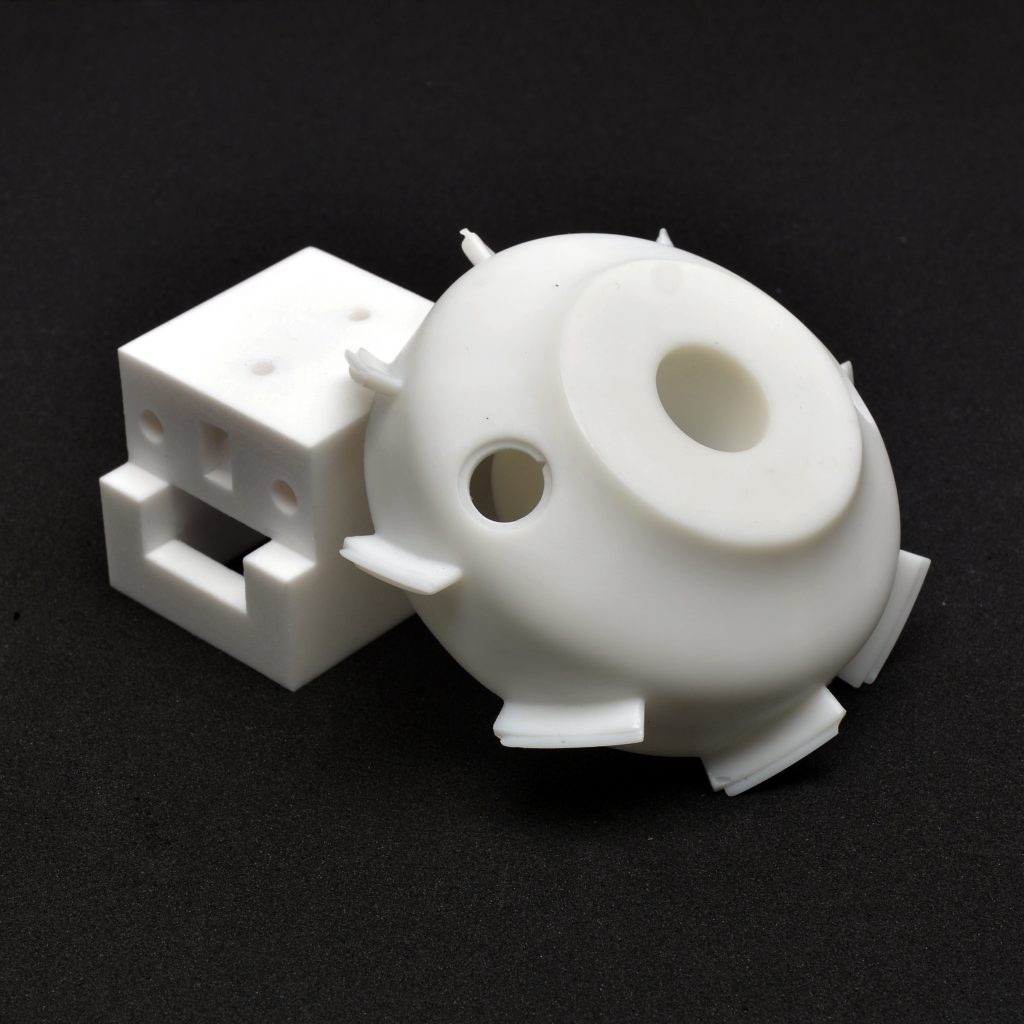
Learn the basics of Selective Laser Sintering, also known as SLS 3D printing. Learn how SLS 3D printing works, the benefits of SLS technology for rapid prototyping and low-volume production, and the various materials and options available for your part or project.https://www.mfgproto.com/
Selective Laser Sintering (SLS) is an additive manufacturing process that belongs to the powder bed fusion family. In SLS 3D printing, a laser selectively sinters particles of polymer powder and fuses them together to build the part layer by layer. The materials used in SLS are thermoplastic polymers in granular form.
In summary, SLS is a versatile solution, especially if you want to move away from injection moulding and its high start-up costs. It is undoubtedly more cost effective for producing reasonable quantities (less than 1,000 parts) of high quality parts to test the performance of a product or technology before making expensive moulds and tooling.
SLS 3D printing uses a laser to sinter small particles of polymer powder. The entire cross section of the part is scanned so that the part is solid. The process works like this:
SLS is a great solution for rapid prototyping of functional polymers because it allows extreme design freedom and precision. Unlike FDM or SLA 3D printing technologies, it produces parts with consistent mechanical properties. This means it can be used to produce parts that are very close to the quality of the final part, so you can rely on this technology to produce models from concept through to testing.
The most commonly used SLS material is polyamide 12 (PA 12), also known as nylon 12. The price per kg of PA 12 powder is around $50-60. There are other engineering plastics such as PA 11 and PEEK, but these are not as widely used.
Polyamide powder can be filled with various additives to improve the mechanical and thermal properties of SLS parts. Examples of additives are carbon fibre, glass fibre or aluminium. Materials filled with additives tend to be more brittle and have greater anisotropy.
The surface of parts printed by SLS 3D printing technology is powdery and granular, which is easily stained. The appearance of SLS printed parts can be improved to a very high standard using various post-processing methods such as media polishing, dyeing, painting and lacquering. In addition, the function of the parts can be enhanced by waterproof coating or metal electroplating.